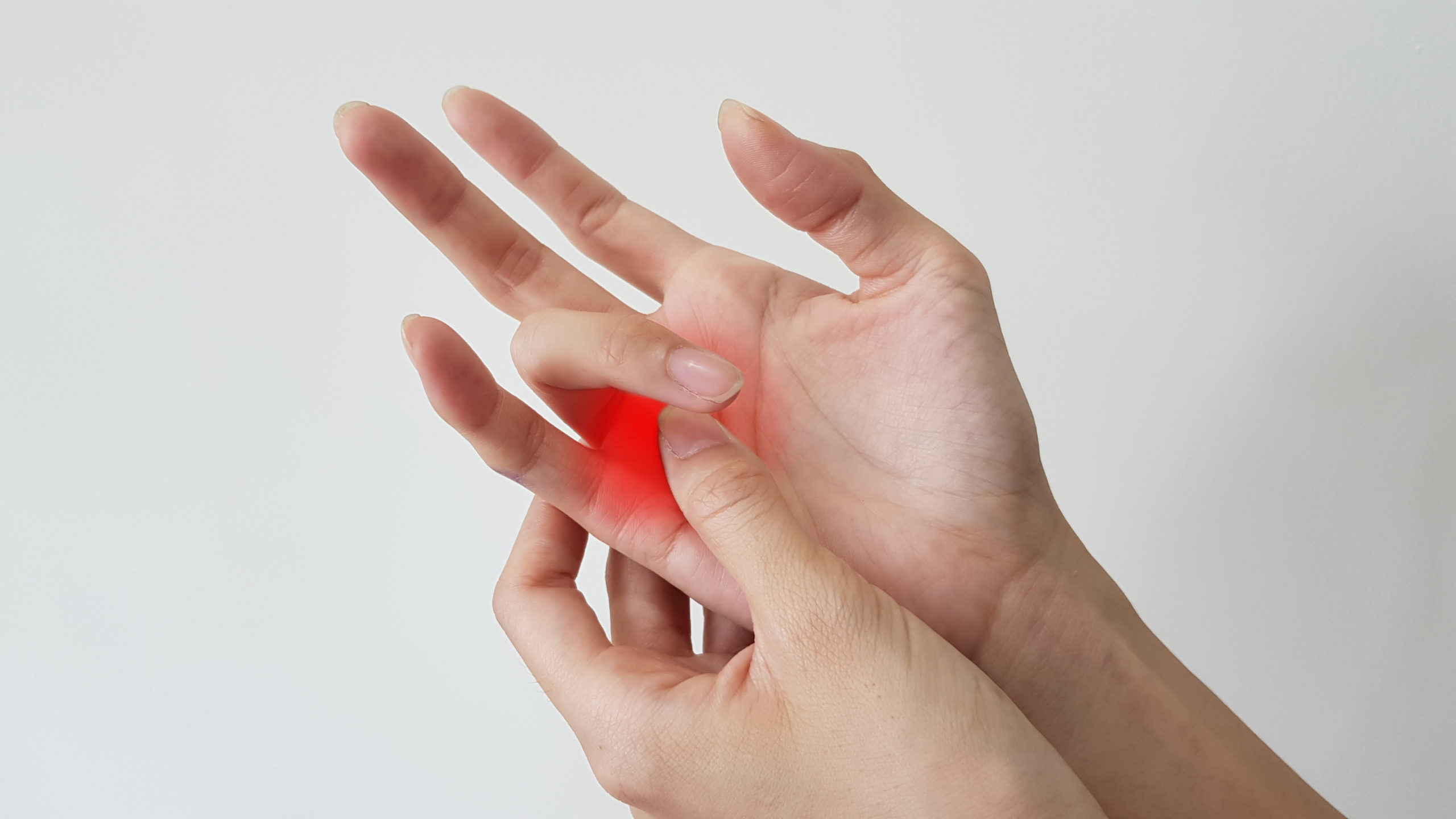Trigger Finger: Possible Causes and Treatment Options


Overview
Trigger finger is a painful condition wherein, your finger may get stuck when bent and straightens up with a snap – like a trigger being pulled and released. It may affect one or more fingers. Inflammation is a common symptom in the trigger finger. Repetitive gripping actions of the finger may lead to the development of a trigger finger.
What is Trigger Finger?
Trigger fingers may cause pain and inflammation in the fingers, limit the movement of your fingers, and affect one or both hands. It is commonly seen in people who have hobbies that involve repetitive hand movements. In severe cases of trigger finger, a finger may get stuck when it is bent.
Signs and Symptoms of Trigger Finger
Common symptoms of trigger finger may include:
- Stiffness around fingers
- Popping or clicking sound with the movement of the finger
- Pain at the base of the finger
- Presence of lumps or bumps in the palm at the base of the involved finger
- Loss of flexibility
- Finger catching, or locking in a bent position that suddenly pops straight
- Finger locked in a bent position which you are not able to straighten
Your symptoms may worsen when you wake up in the morning.
When Should You See a Doctor?
If you experience pain, swelling, and bent fingers that restrict your movement, it is recommended to visit a doctor to seek treatment.
Request an appointment at Apollo Hospitals
Call 1860-500-1066 to book an appointment
Causes of Trigger Finger
Tendons play a crucial role in hand movement and mobility as they attach the muscles to the palm bones. Each tendon is encircled by a protective sheath. Trigger finger happens when the affected tendon the sheath of the finger becomes irritated and inflamed.
Prolonged irritation of the tendon sheath can produce thickening, scarring and the formation of nodules (bumps) in the tendon that impede the motion of the tendon even more.
Here are some of the common causes of trigger finger.
- Repetitive hand movement and prolonged gripping movement of fingers
- Excessive use of fingers
- Forceful use of fingers
- Hobbies or sports that need the repeated gripping movement of your hands
- Rheumatoid arthritis
- Musical instruments and sports that require repeated finger movement
Risk Factors of Trigger Finger
The risk factors of trigger finger may include,
- Age: If you are above 40 years of age, you are likely to develop trigger finger.
- Underlying health conditions: If you suffer from high blood sugar, gout or rheumatoid arthritis, or tuberculosis, you are at risk of developing trigger finger.
- Gender: Trigger finger is commonly seen in women.
Treatment Options for Trigger Finger
Treatment options for trigger finger involve,
- Over-the-counter medication to reduce inflammation and pain
- Applying heat or cold packs
- Resting your fingers adequately
- Avoiding unnecessary repetitive movement of your fingers
- Using splints for a long-term relief
- Practicing gentle stretching to improve the motion of your fingers
- Exercising regularly to manage stiffness
- If medication and at-home remedies do not work, your doctor may recommend Steroid injection or surgical procedures that include:
- Percutaneous release: Your physician may insert a sturdy needle into the tissue around the affected tendon after numbing your palm. Moving the needle and your finger will help break apart the constriction that is blocking the smooth motion of your tendon.
- Surgery: A small cut/incision is made near the base of the affected finger, a surgeon may cut open the constricted section of your tendon sheath.
Conclusion
Trigger finger may hinder the regular movement of fingers. Avoiding repeated movements and using at-home remedies may help to manage pain. Trigger finger is a common condition that can be treated easily with the right therapies and preventive measures. You can seek appropriate medical attention from a doctor if required.
Frequently Asked Questions (FAQs)
How long does it take to recover from surgery for trigger finger?
It may take up to three weeks to recover from the surgery. However, you may still need to wear splints for a few weeks after surgery.
Does the trigger finger go away on its own?
The condition of the trigger finger may go away on its own. Mild cases of trigger finger may abate in a short time. However, it may come back again if there is continued repeated movements and strains .
Should you massage the trigger finger to relieve pain?
Massaging your fingers can be very useful as it helps to enhance blood circulation in your fingers.
Is a clicking sound common in trigger finger?
Yes, clicking sounds are common in trigger fingers. You may also notice popping sounds as a symptom of this condition.
Is the condition of the trigger finger inherited?
Heredity may be a possible contributing factor for trigger finger. If the condition runs in your family, it is recommended to take preventive measures to avoid it.
© Copyright 2024. Apollo Hospitals Group. All Rights Reserved.
 +91 8069991061
Book Health Check-up
Book Health Check-up
Book Appointment
Book Appointment
+91 8069991061
Book Health Check-up
Book Health Check-up
Book Appointment
Book Appointment







